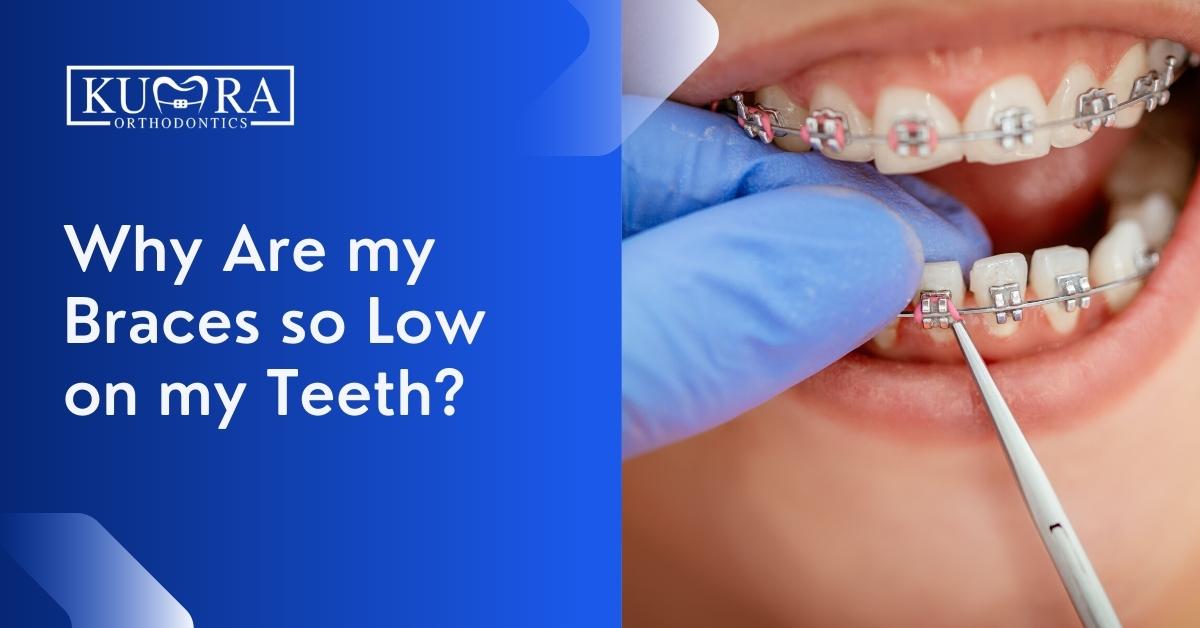Specialist Cumming Braces and Aligners: What to Know Before You Go to
Specialist Cumming Braces and Aligners: What to Know Before You Go to
Blog Article
Comprehensive Guide to Orthodontics Treatments for Correcting Oral Imbalances
In the realm of orthodontics, the trip to accomplishing a flawlessly aligned smile entails a myriad of procedures customized to fix oral misalignments. From standard braces to undetectable aligners and even medical choices, the field of orthodontics supplies a series of services to address differing degrees of dental abnormalities. Comprehending the details of each procedure, including their devices, benefits, and possible drawbacks, is critical in making notified choices about one's orthodontic therapy. As we navigate via the comprehensive guide to orthodontic treatments for dealing with dental imbalances, the elaborate information of each technique will unfold, clarifying the course towards a harmonious and practical oral alignment.
Orthodontic Procedures Overview

In enhancement to traditional braces and clear aligners, orthodontists may also suggest other treatments like headwear, palatal expanders, or retainers to resolve certain alignment issues (cumming aligners). These procedures are customized to every patient's distinct requirements and might entail a mix of therapies to attain the preferred results. Routine modifications and tracking are vital components of orthodontic therapy to make certain progression is on track and to make any type of essential alterations along the road. By going through orthodontic treatments, people can not just accomplish a straighter smile but also improve their overall dental wellness and feature.
Conventional Dental Braces: Exactly How They Work
When thinking about orthodontic treatments for dental misalignments, typical dental braces stand out as a tried and true technique for remedying teeth positioning. Traditional braces are composed of braces, cords, and bands that collaborate to use continuous pressure on the teeth, gradually relocating them right into the preferred positioning. The braces are connected to the teeth making use of an unique adhesive, and the cables are threaded with the brackets. By changing the tension of the cables, orthodontists can regulate the direction and force related to each tooth, leading them right into appropriate placement gradually.
As stress is applied to the teeth via the dental braces, the bone surrounding the teeth is reshaped to support the new tooth positions. People will require regular modifications at the orthodontist's workplace to make certain the braces proceed to use the correct stress for efficient teeth activity.
Undetectable Aligners: Pros and Disadvantages
These clear, custom-made trays are virtually undetectable when used, making them an enticing option for individuals seeking a more cosmetically pleasing orthodontic treatment. People can eliminate the aligners prior to eating or brushing their teeth, decreasing the threat of food obtaining stuck in the appliance and streamlining the cleansing procedure.

Surgical Orthodontic Options
Surgical treatments in orthodontics existing practical options for attending to intricate oral imbalances that may not be efficiently solved via standard orthodontic treatments. While conventional braces and undetectable aligners can fix lots of orthodontic issues, certain situations need medical treatment to accomplish optimal results. Surgical orthodontic options are typically advised for extreme malocclusions, substantial jaw inconsistencies, and instances where the underlying bone framework needs alteration to achieve appropriate alignment.
One usual medical orthodontic treatment is orthognathic surgical procedure, which involves repositioning the jaws to remedy practical issues such as trouble chewing or talking. This surgical treatment is frequently done in partnership with an orthodontist that assists align the teeth before and after the procedure. Surgical orthodontics may likewise entail treatments to reveal affected teeth, remove excess periodontal cells, or reshape the mean dentist jawbone to create a much more unified face profile.
Prior to taking into consideration surgical orthodontic options, clients go through a thorough evaluation to identify the requirement and potential benefits of such interventions. orthodontics. While surgical treatment may appear difficult, it can considerably boost both the function and visual appeals of the smile in instances where traditional orthodontic treatments fail
Retainers and Post-Treatment Care

Failing to comply with post-treatment treatment instructions can result in regression, where the teeth progressively move back in the direction of their initial positions. Consistent retainer wear, excellent dental hygiene, and routine dental check-ups are crucial for keeping the results attained via orthodontic surgical procedure and making sure the lasting security of the remedied oral positioning.
Verdict
In conclusion, orthodontic procedures use different choices for remedying dental imbalances. Conventional braces use metal braces and wires to shift teeth into correct placement. Undetectable aligners supply a more very discreet alternative yet might not appropriate for all instances. Surgical orthodontic alternatives are readily visit available for extra serious imbalances. Retainers are generally made use of post-treatment to keep the new placement. In general, orthodontic treatments can properly enhance oral health and aesthetic look.
As we navigate through the comprehensive guide to orthodontic procedures for fixing dental imbalances, the elaborate information of each technique will unravel, shedding light on the path towards a functional and unified oral positioning. - cumming aligners
One of the most typical orthodontic treatments is the use of dental braces, which consist of metal braces and wires that apply mild stress to progressively move teeth right into the wanted placement.When taking into consideration orthodontic therapies for oral imbalances, traditional braces stand out as a tried and true approach for dealing with teeth placing. In addition, unseen aligners may not be suitable for intricate orthodontic issues that need more substantial teeth activity, as they are usually advised for mild to modest instances. Retainers are tailor-made orthodontic devices created to hold teeth in their dealt with settings after the completion of orthodontic therapy.
Report this page